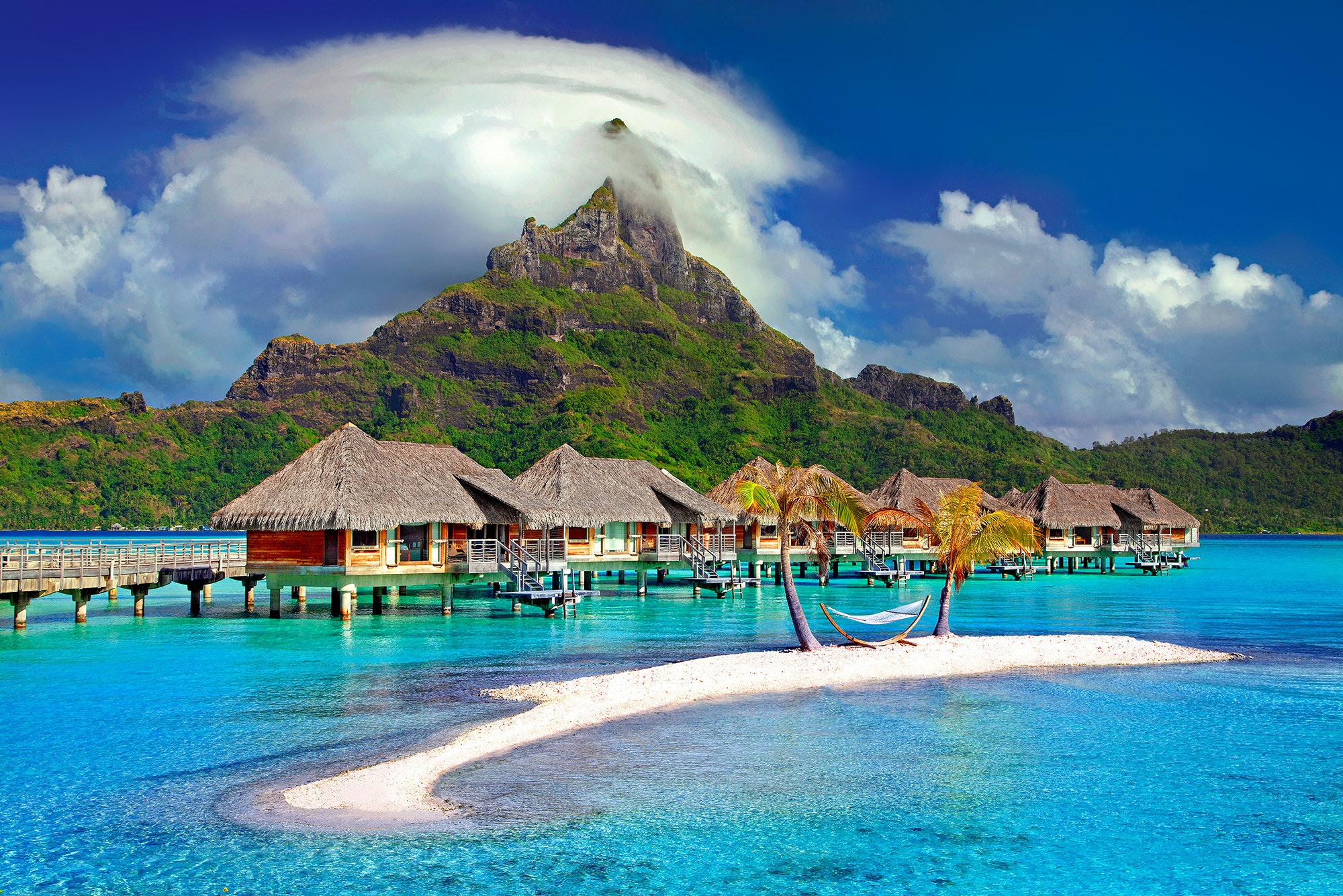

Could going on vacation actually protect the environment or at the very least, minimize damage? Even further, could your holiday still provide all the coziest amenities and comforts? As it is with lots of “sustainable” luxuries, if it sounds too good to be true, there’s a chance it is.
Eco-resorts are generally defined by commitment to a carbon-zero existence and preserving its surrounding environment. The word “resort” connotes luxury, and many claim to provide luxury sustainably. These locales have been cropping up in recent years as environmental consciousness becomes more mainstream. Hotel chains like Hilton Worldwide make public commitments to more sustainable efforts, like accelerated adoption of renewable energy, cutting down on single-use plastics, and trying more efficient laundry machines. But one quick change doesn’t make for an environmentally guilt-free resort.
[Related: Greta Thunberg is a master of eco-friendly travel. Here’s how you can pitch in.]
Unlike your average stay, eco-resort establishments typically offer high-end hospitality in a remote part of the world, likely near or within preserved land. Cala Luna Boutique Hotel & Villas in Costa Rica, for instance, is a protected nature reserve for sea turtles, and created one of Central America’s largest solar energy installations in 2019. Secret Bay in Dominica is the first establishment on the Caribbean island to receive a Green Globe Certificate which has over 100 indicators for sustainability standards, including protection of local cultural sites and sustainable building design. For nature lovers, these resorts offer the opportunity to be pampered and preserve the local flora and fauna, all while getting to know an exotic new location.
“An eco-tourism-related endeavor really has to think not only the financial, but the environmental and socio-cultural sustainability,” says Lorri Krebs, geography and sustainability professor at Salem State University. At a bare minimum, Krebs says, they should be carbon neutral, meaning that the building and operations don’t emit any net emissions.
An eco-resort shouldn’t only practice environmentalism in its business by cutting plastic or water use, Krebs adds, but should play a larger role within the community. Part of the principle should be to educate residents and staff on composting, recycling, and other sustainable practices. Sustainable resorts should extend past their own grounds by improving life for local existing communities there, integrating seamlessly with life outside of it. Educating guests and staff can go a long way because it provides guests with tools to bring home after their vacation, says Krebs.
The easiest way to search for a sustainable stay might start with peeking at resorts with certifications. But when there are 8,000 certificates out there for sustainability, it becomes much harder to find what’s legit. Some of the badges boasting environmental consciousness, like the Green Hotels Association, come simply with payment of a fee, according to Outside Magazine. So not only do you have to winnow out which resorts are credible, but which certificates that you’re using to determine said credibility.
[Related: Plane rides of the future could be fueled by table scraps.]
A good true north is the Global Sustainable Tourism Council. While they don’t offer certificates directly for businesses, they provide accreditation for legitimate certification bodies like Bureau Veritas, Control Union, and Vireo Srl. Their rigorous criteria assess the resort not only on how it functions as a business, but also how it functions within its community—prioritizing sustainable management, socioeconomic impacts, cultural impacts, energy consumption, and conservation involvement.
A hard truth is that staying at an eco-resort often requires carbon emissions-heavy travel. Transport-related emissions from tourism accounted for 5 percent of all man made emissions in 2016, and is expected to rise to 5.3 percent by 2030, according to the UN. Ultimately, while staying at a carbon-neutral eco-resort may provide lower emissions than a traditional hotel or B&B, the emissions from a transcontinental flight won’t be fully cancelled out. One roundtrip flight from San Francisco to New York City produces 1.5 metric tons of CO2 per passenger, which is more than an entire year of equivalent emissions from a vegan diet. Eco-resorts, especially more remote ones like Dominica’s Secret Bay, may offer group transport in electric vehicles. If you’re craving a luxurious eco trip but don’t want to spring for an expensive and carbon-heavy flight, there are ones that you can take the train to in the continental US, like Little St. Simons Island in Georgia, which has permanent protection by the Nature Conservancy.
Luxury and sustainability can in fact go hand in hand—but doing research and accounting for all the things outside of the resort that can pack serious emissions are absolutely crucial for having a truly eco-friendly holiday.